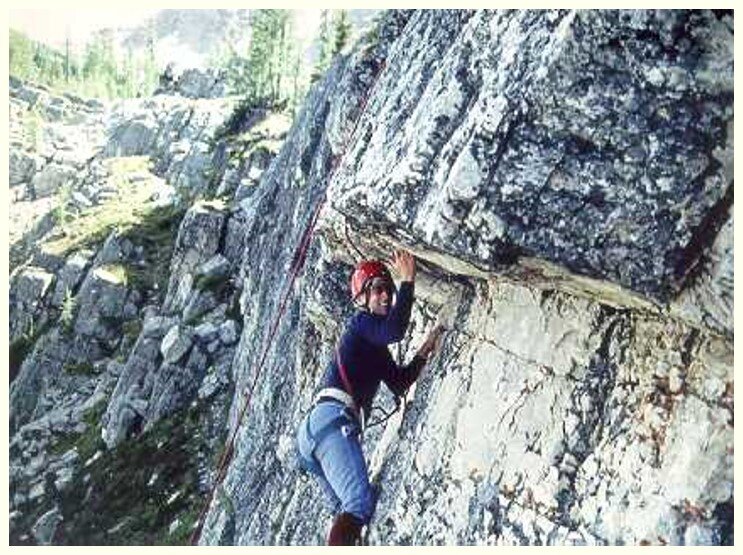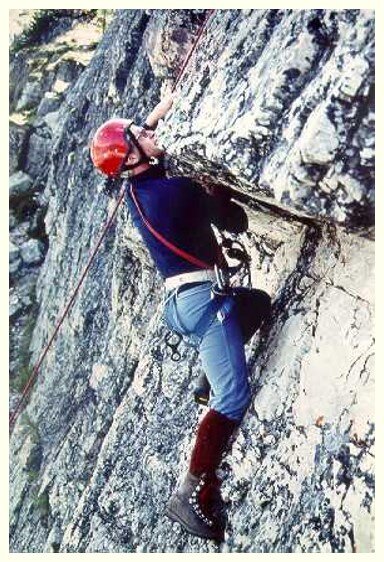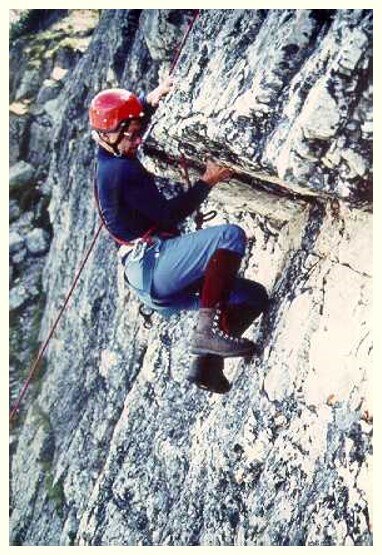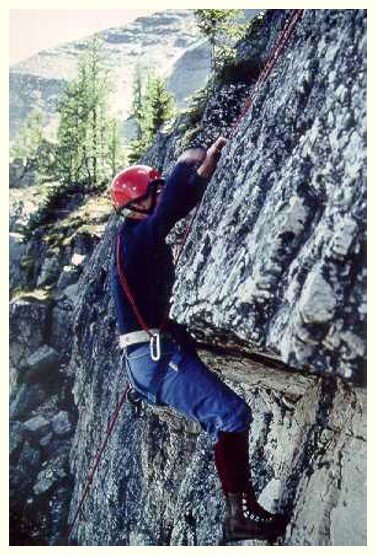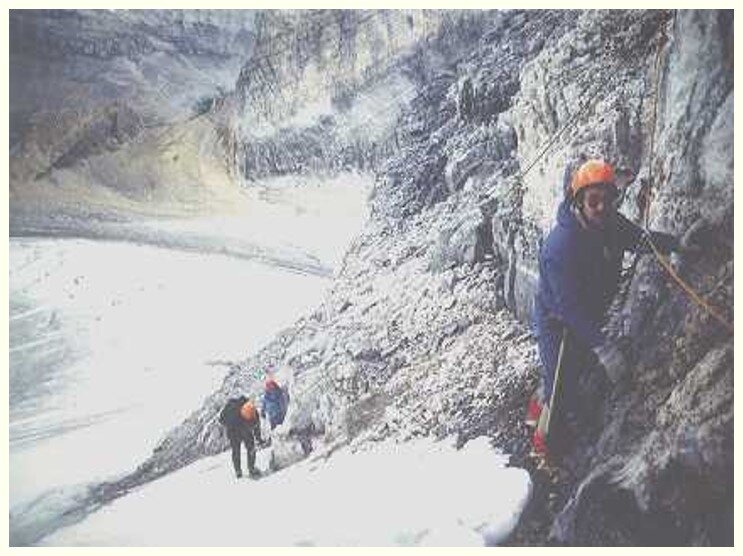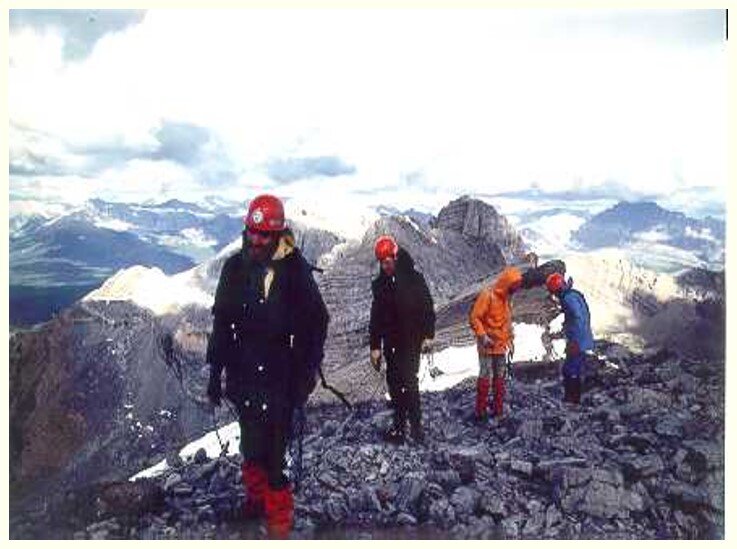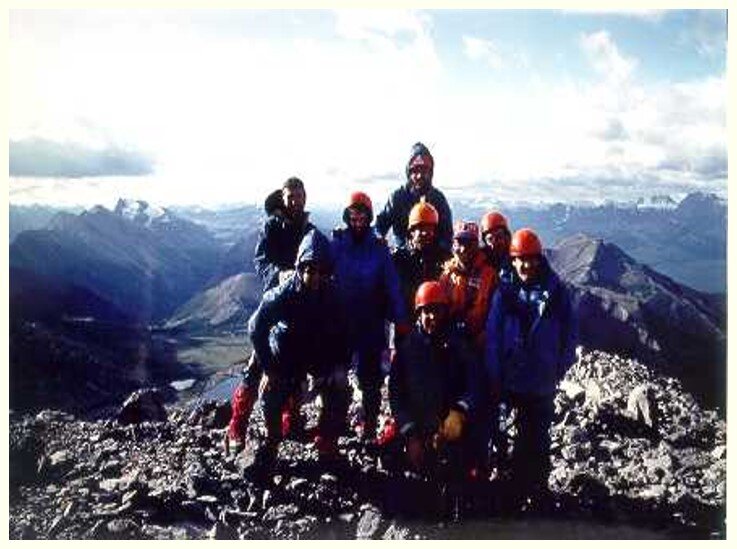25+ Years of Challenging the Process … at the Corporate Cultural Level
In June of 1993, the Engineering Management Journal (Vol. 5 No. 2) published an article of mine about the cultural challenge of implementing TQM in the construction industry, or Challenging the Process at an industrial level.
I thought it would be interesting to revisit that original assessment in the light of 2020 and see how one construction company, PCL, has managed to challenge its own leadership processes in a changing environment. The following are my own views only, I have not been asked to speak on behalf of the company … nor do I think my own analysis here has captured everything of importance, it’s just what I am seeing today, as I look back.
Here’s the essence of what I wrote in 1993 about the changes in corporate culture required to move into the TQM world. The table below contains the elements of traditional leadership on the left and those of a more collaborative leadership style on the right; down the middle are my judgments of how similar or different these two styles are, the implication being that the ‘different’ ones will the hardest to change.
I also wrote that the level of challenge in developing top-down commitment to make this shift in corporate culture would be high and would require a long-term mindset. Given our historically very-conservative culture, our 3-year planning horizon and the survival reality of our business environment, I felt these created longish odds against success for us implementing a change to a more collaborative leadership style.
Here are a few elements of that ‘changing environment’ that I believe have influenced a different (and better!) leadership style in PCL over the last 25+ years. I know them to be true because I have been deeply involved in the change process.
In the early 90’s, as part of their exploration of TQM, we at PCL began surveying our owners, designers, engineers, suppliers and trade contractors, to benchmark our standing as a respected player in the industry. What we found out wasn’t quite as pretty a picture as we had hoped: just under 30% of our respondents said we were arrogant and inflexible and that we negotiated from a take-it-or-leave-it position, that we were an ‘our-way-or-the-highway’ contractor.
In fact, about 70% of our contracts in those days were hard-bid, where the lower number carries the day and only 30% were negotiated, where the relationship plays a greater role in driving the agreement. The ‘hard-bid’ world has great potential to become adversarial: the owner has a dream and only so much money and time to get it built, the designer has a vision and may not care as much as the owner does about how much it costs, the engineers require that codes are met, regardless of dreams, visions and costs, and the general contractor and the trade contractors are all selected because their numbers are low, which means they will all be looking for ways to generate lower costs and larger returns. You can see how this could quickly turn ugly!
How did we set out to turn this around? It’s not like flicking a switch, going from one way of seeing the world to fully-espousing another. Here are five deliberate, major corporate cultural change initiatives we established in the early 90’s and have diligently stayed with for over 2 decades now:
we articulated a corporate vision and shared values, which in turn have allowed us to see the power of clear purpose at both the individual and the organizational levels … and we did/are doing all these things in a collaborative manner;
we changed our definition of leadership (which is after all the main role of the general contractor!) and started building a new leadership mindset and skills … and we’ve been at that for 30 years now;
we learned through our Negotiating to Yes’ training that ‘win-win’ beats ‘win-lose’ over the long term … that’s 30 years now of education and practice there, too;
we got on the Partnering bandwagon in the early 90’s … we have applied a Partnering mindset and processes to thousands of projects in that time; and
we joined the Design Build Institute right from the get-go and have been learning to work with owners, designers, engineers and trade contractors as one team ever since, and we have learned to apply these practices in the new P3 world (Public Private Partnerships).
Outcomes? Most of our work is negotiated now and the scope of our operations is ten times what it was when we set out to become more collaborative. Our staff turnover is lower and we are continually surveying our internal and external stakeholders to make sure we know the impact of our decisions.
I’d say … we did it! Or better … we are doing it, we shouldn’t be taking our eye off the ball just yet!
It helped that we chose the Jim Kouzes and Barry Posner leadership practices as the basis for our leadership mindset and skills. As I look back at what we’ve accomplished here, using the essentials of Challenging the Process to guide us, here are the K&P actions that we have learned to rely on:
make something happen
encourage initiative in others
challenge with purpose
exercise outsight, look outside our experience
promote external and internal communication
look out for good ideas
break it down (making big problems smaller)
be active learners
create a climate for learning
and if you go back and look at the collaborative leadership style listed down the right-hand side of that 1993 table I published, you’ll see a very nice fit indeed!







